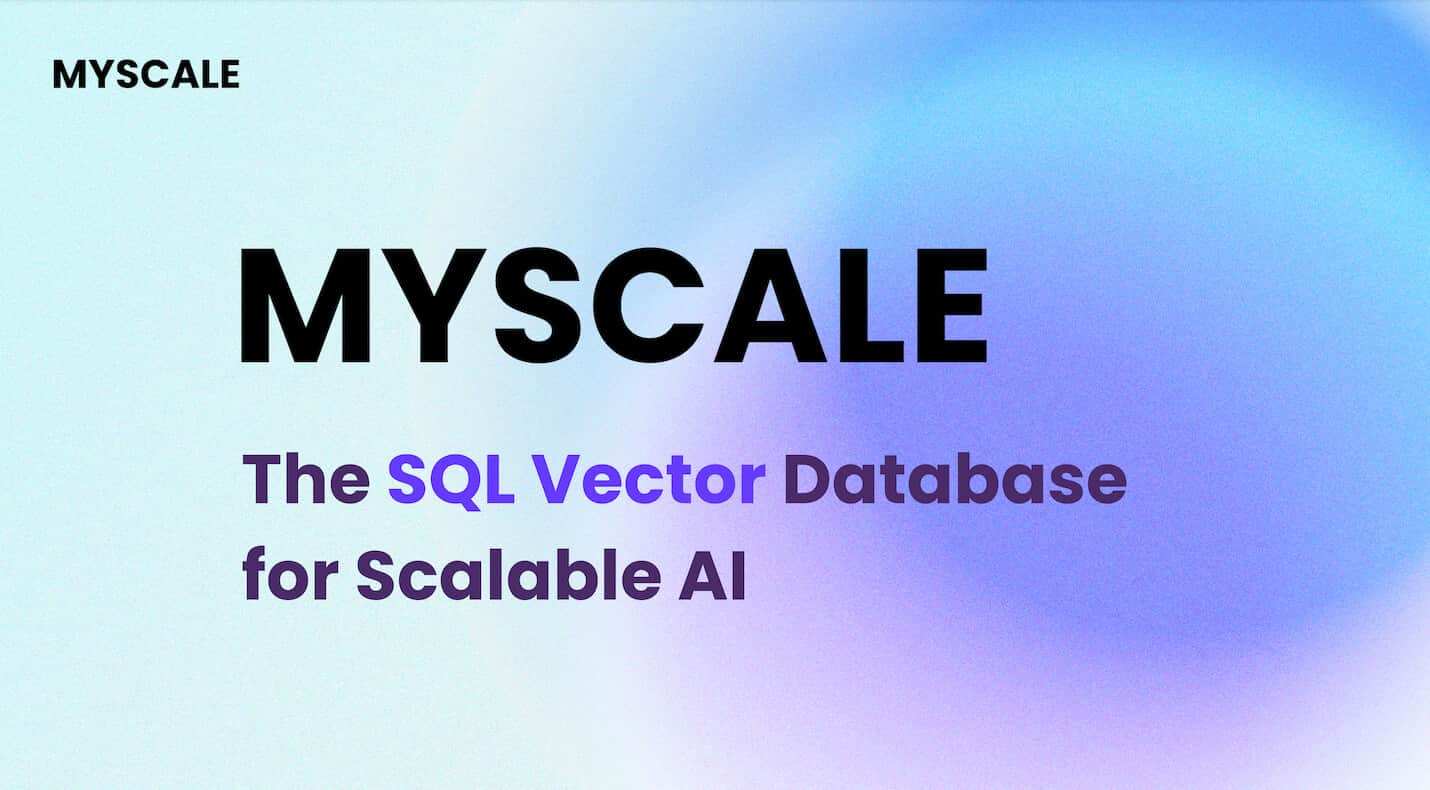
Quantization LLM plays a pivotal role in optimizing Large Language Models (LLMs) (opens new window) by reducing the precision of weights (opens new window) and activations, thereby cutting down memory and computational costs. For LLMs, this technique is indispensable for efficient deployment on resource-constrained devices. Key strategies like Post-Training Quantization (PTQ) and techniques such as SqueezeLLM (opens new window) and Dense-and-Sparse Quantization (opens new window) are instrumental in achieving this efficiency equation.
# Quantization Overview
# Definition and Importance
Quantization, in the context of Large Language Models (LLMs), refers to the process of reducing the precision of weights and activations. This transformation involves converting continuous, high-precision values into discrete, lower-precision representations. The importance of quantization for LLMs lies in its ability to significantly decrease memory and computational costs. By mapping infinite values to a finite set, quantization enables these models to be deployed efficiently on devices with limited resources.
# What is Quantization?
Quantization is a fundamental technique that plays a crucial role in optimizing LLMs for practical deployment. It involves the conversion of high-precision data into lower-precision formats, allowing for more efficient storage and computation. This process is essential for reducing the memory footprint of LLMs without compromising their functionality.
# Why Quantization Matters for LLMs
For Large Language Models, quantization is not just a choice but a necessity. The impact of quantization on model quality is profound; it directly influences the performance and efficiency of LLMs. By decreasing the precision of weights and activations, quantization can lead to a trade-off between model size reduction (opens new window) and maintaining accuracy.
# Quantization LLM
When applied to Large Language Models, quantization offers both benefits and challenges (opens new window). The advantages include reduced memory consumption and improved computational efficiency. However, this technique also poses challenges related to maintaining model quality while achieving significant compression.
# Benefits and Challenges
Quantizing LLMs results in decreased memory requirements and faster computations, making them more accessible for deployment on various platforms. Nevertheless, ensuring that quantized models retain their performance levels presents a notable challenge.
# Impact on Model Quality
The impact of quantization on model quality cannot be overlooked. While it optimizes resource usage by compressing models, there is a risk of performance degradation due to reduced precision. Balancing these aspects is crucial (opens new window) for successfully implementing quantized Large Language Models.
# Techniques and Strategies
# Post-Training Quantization (PTQ)
Post-Training Quantization (PTQ) is a pivotal technique in the realm of Large Language Models (LLMs). This process involves optimizing model parameters Bitwidth (opens new window) to enhance efficiency. By reducing the precision of weights and activations, PTQ significantly decreases memory and computational costs, ensuring streamlined deployment on resource-constrained devices.
# Process and Benefits
The process of PTQ begins after the model has been trained, where the weights are fine-tuned to achieve optimal performance. Through this method, LLMs can be compressed without sacrificing accuracy. The benefits of PTQ are manifold; it not only reduces the model size but also enhances inference speed, making it ideal for real-time applications.
# Examples and Case Studies
SqueezeLLM, a renowned post-training quantization framework, has successfully implemented PTQ to improve model efficiency (opens new window). By leveraging Search algorithms to find the best quantization parameters, SqueezeLLM ensures that LLMs maintain high performance with reduced memory requirements. Additionally, recent studies have shown that PTQ can enhance model robustness and generalizability across various tasks.
# SqueezeLLM
SqueezeLLM introduces an innovative approach known as Dense-and-Sparse Quantization to optimize Large Language Models effectively. This method combines dense quantization for critical parameters with sparse quantization for less impactful ones, achieving a balance between accuracy and compression.
# Overview of SqueezeLLM
SqueezeLLM focuses on enhancing LLM serving by efficiently compressing models while preserving their performance. The framework prioritizes SqueezeAILab (opens new window) instruction tuning under specific bit constraints to ensure optimal results in terms of both accuracy and memory utilization.
# Role of SqueezeAILab
The integration of code from SqueezeAILab plays a crucial role in facilitating efficient post-training quantization for LLMs. By providing tools for parameter optimization and deployment strategies, SqueezeAILab empowers researchers and practitioners to create saved search configurations tailored to their specific model requirements.
# Dense-and-Sparse Quantization
Dense-and-Sparse Quantization is a cutting-edge technique that offers a unique approach to compressing Large Language Models effectively. By selectively applying dense quantization to essential model components while employing sparse quantization for non-critical elements, this method optimizes memory usage without compromising performance.
# Explanation and Benefits
The rationale behind Dense-and-Sparse Quantization lies in its ability to prioritize critical parameters during compression. By focusing on key aspects of the model architecture, this technique ensures that important information (opens new window) is preserved while reducing overall memory footprint. The benefits include improved inference speed, reduced storage requirements, and enhanced scalability across diverse platforms.
# Real-World Applications
In real-world scenarios, Dense-and-Sparse Quantization has demonstrated remarkable success in optimizing LLM deployment. Applications across various industries have leveraged this technique to enhance model efficiency while minimizing computational resources. From natural language processing tasks to image recognition systems, Dense-and-Sparse Quantization continues to drive innovation in machine learning applications.
# Practical Applications
# Supported Models
- LLaMA 2, developed by Meta AI, represents the next generation of their open-source Large Language Model. It encompasses a diverse array of pre-trained and fine-tuned models, ranging from 7 billion to 70 billion (opens new window) parameters.
- Vicuna, an innovative creation by LMSYS, emerges as an open-source Large Language Model stemming from the LLaMA model lineage. Initially designed as a chat assistant, Vicuna has evolved into a significant player (opens new window) in research focused on language models and chatbots.
# XGen (opens new window)
Overview of XGen
- XGen 7B stands out as a series of 7B Large Language Models crafted by Salesforce AI. These XGen-7b models undergo training using JaxFormer, which optimizes efficient training under both data and model parallelism specifically tailored for TPU-v4 hardware.
Performance Metrics
- The performance metrics associated with XGen reflect its exceptional capabilities in handling complex tasks efficiently. With its advanced training methodologies and hardware optimization, XGen exemplifies high-performance standards in the realm of Large Language Models.
# Community and Feedback
Role of Feedback
- Feedback plays a pivotal role in refining and enhancing Large Language Models like LLaMA, Vicuna, and XGen. User feedback aids developers in understanding user requirements better, leading to continuous improvements and updates to these models.
Repository and Forks
- The availability of repositories and forks for models such as LLaMA, Vicuna, and XGen fosters collaboration within the community. These platforms enable researchers to access the latest versions, contribute enhancements, or customize the models based on specific project needs.
In summarizing the intricate realm of Quantization Strategies for Large Language Models (LLMs), it is evident that optimizing model efficiency through techniques like Post-Training Quantization (opens new window) and Dense-and-Sparse Quantization plays a crucial role. The future direction in this field involves exploring non-uniform quantization methods to mitigate performance degradation. By embracing innovative approaches and leveraging community feedback, the journey towards enhancing LLMs' deployment capabilities continues. As we navigate through the evolving landscape of model quantization, it is imperative to prioritize user-centric development and foster collaboration within the research community.



